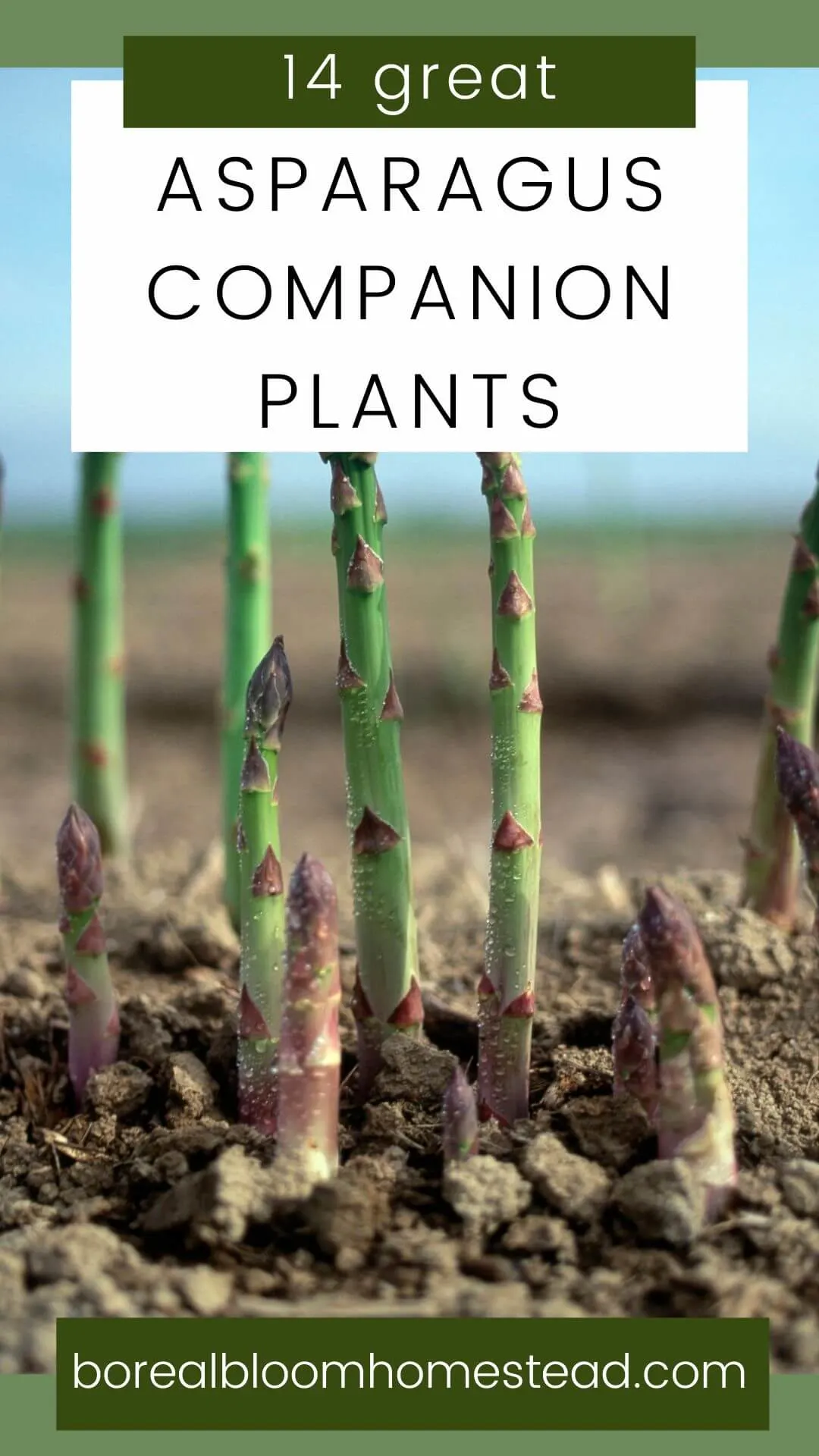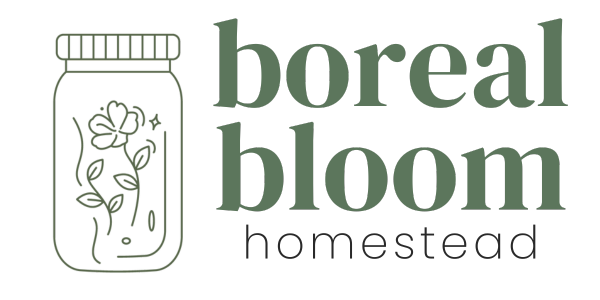Asparagus companion plants can help improve the yield, health, and pest resistance of your garden crop! Check out this list for your best asparagus harvest yet.
Asparagus is a herbaceous perennial plant, meaning it grows fresh, succulent stems from a crown during the growing season, and its aerial (above-ground) parts die back to the roots each fall.
Young spring shoots are edible and delicious. We are particularly fond of them in steakhouse pasta salad and Traeger asparagus! These early spears are firm and grow upright. Most commonly present as green but purple and white asparagus varieties are also available.
Later on, in the growing season, the stems thin considerably and become multi-branched with feathery leaves. It is essential to allow these feathery ferns to grow and photosynthesize as they are storing nutrients for next spring's early harvests!
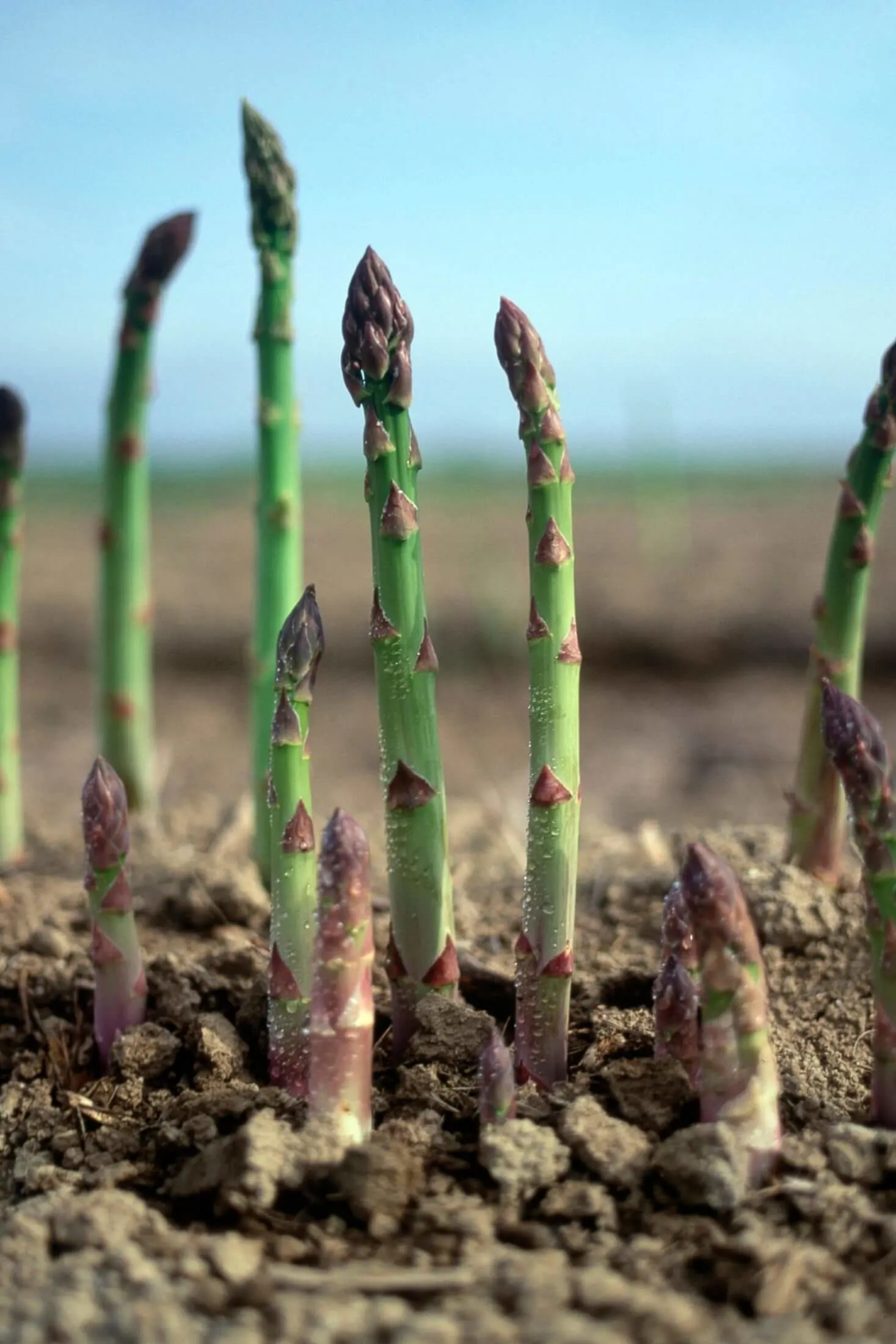
As an Amazon Associate I earn from qualifying purchases.
Jump to:
What Is Companion Planting?
Companion planting is a gardening technique that involves growing two or more plants together for mutual benefit. The plants can be grown in close proximity to each other, ie, by intercropping, or they can be planted in alternating rows.
The benefits of companion planting are many. Properly chosen companion plants can help each other grow better, provide natural pest control, attract pollinators, and produce more food. Some plants naturally repel destructive bugs, entice pollinators, or attract beneficial and predatory insects to the vegetable garden.
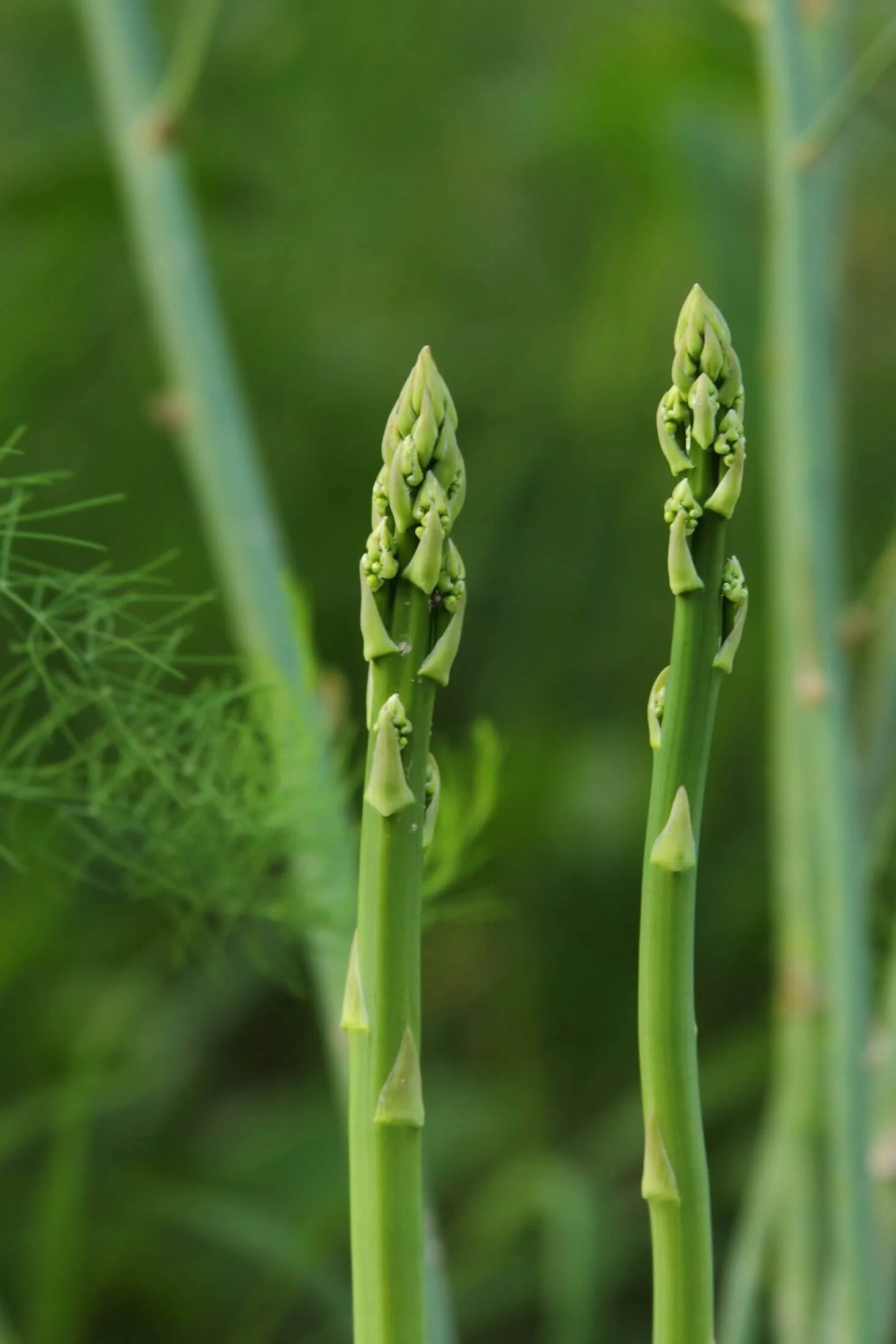
Asparagus Notes:
Use sound judgment when choosing asparagus companion plants, as they are a "permanent plant". Think about the zone that the roots occupy as well as the aerial parts.
These perennial vegetables take up to 3 years to become productive after planting. And although asparagus plants will produce year over year for decades once they are established, it's important to note that with perennials what happens in one year can affect the harvest the following year.
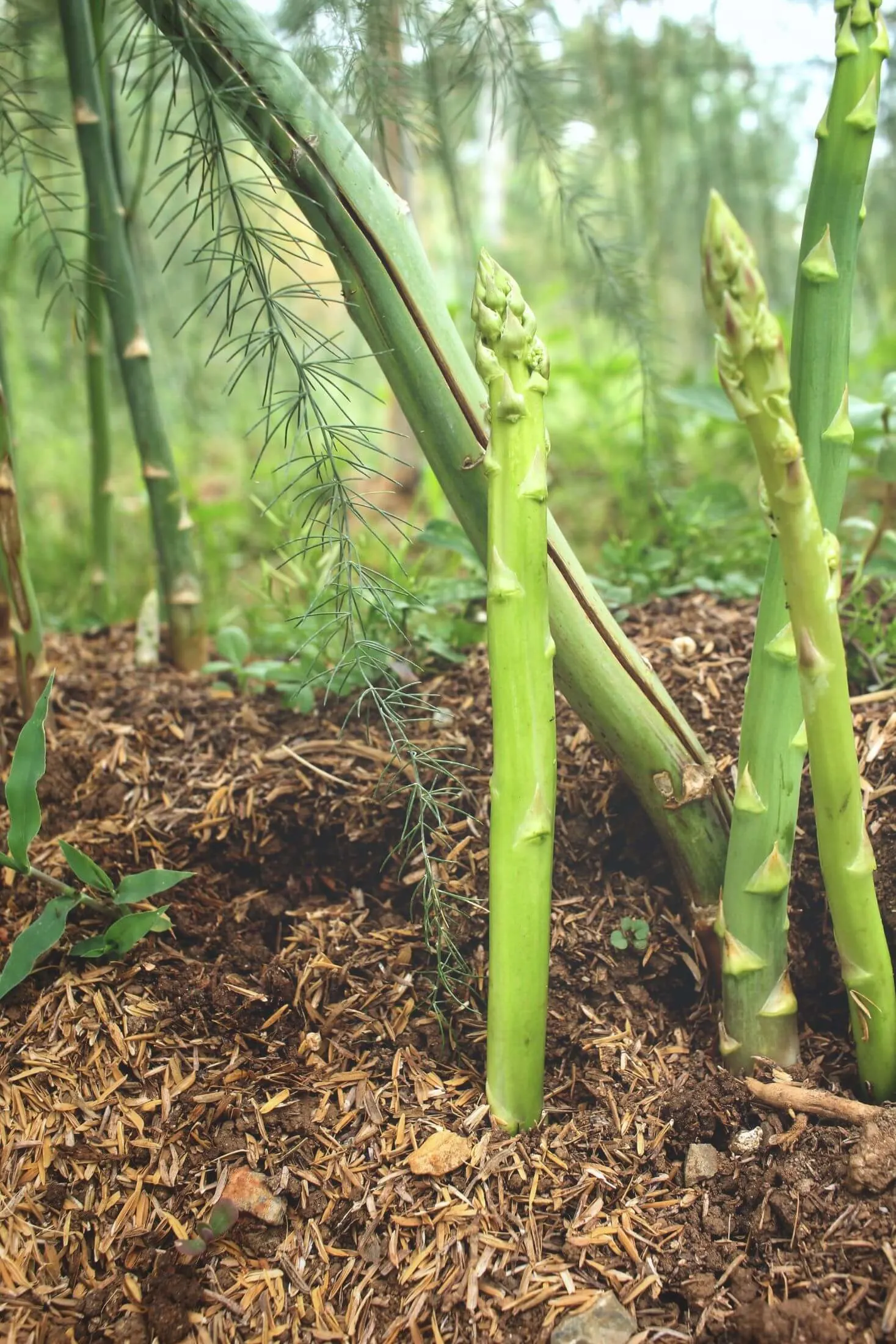
Best Asparagus Companion Plants
Comfrey:
Comfrey is a permaculture powerhouse. This tap-rooted perennial not only attracts beneficial insects and pollinators, but it also acts as a dynamic accumulator, loosening and enriching the soil.
Be sure to choose your variety wisely as comfrey can easily take over your perennial garden. Bocking 4 or Bocking 14 are two varieties developed in England with sterile seeds to prevent invasive habits.

Greens:
Greens like lettuce, arugula, and spinach are awesome companion plants for asparagus.
These quick-to-mature crops can be easily intercropped during the early season, with succession plantings to follow, and won't be hindered by the shade provided by the asparagus ferns.
They'll also provide a great ground cover, insulating the soil, and preventing moisture evaporation.
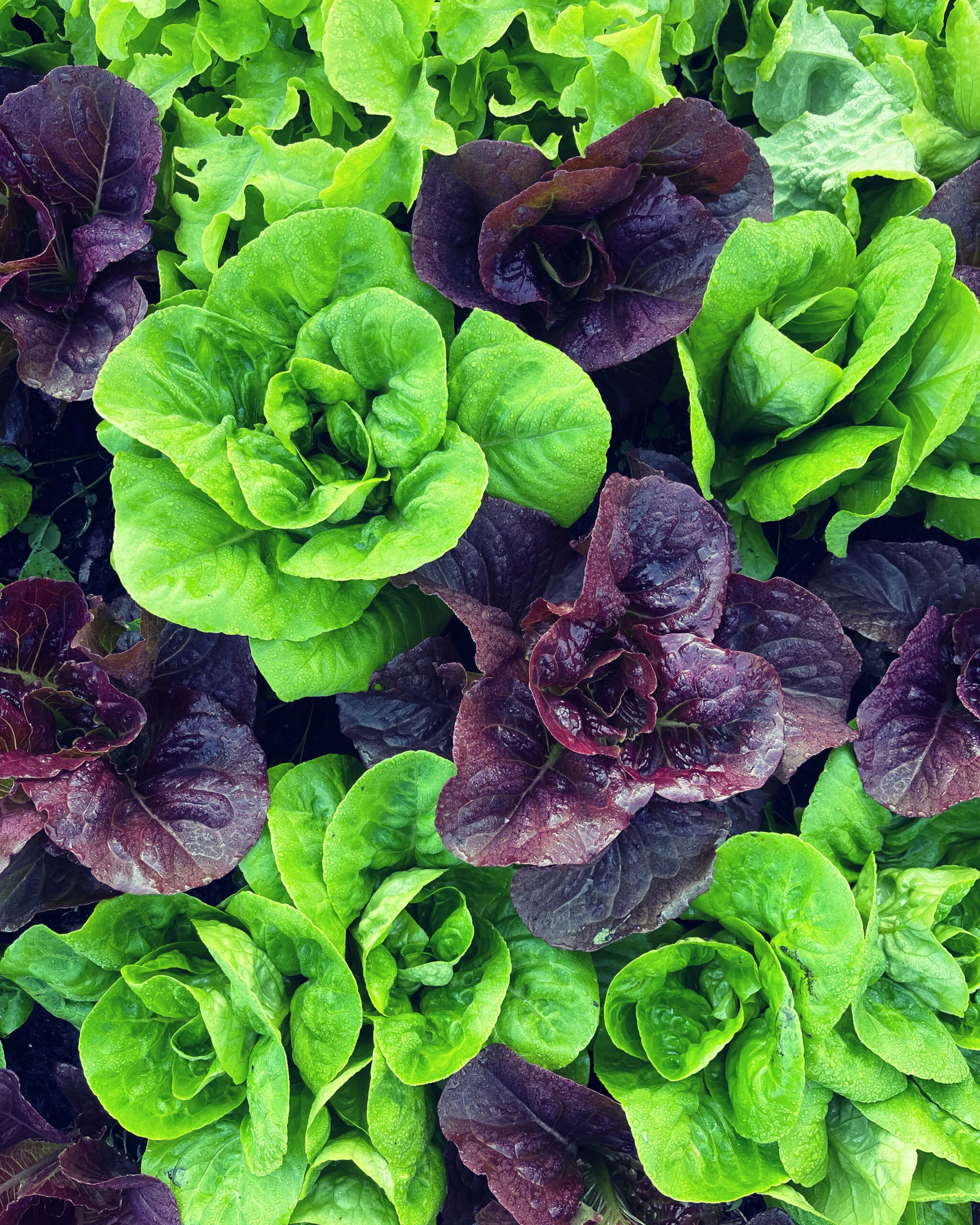
Herbs:
Fragrant and flowering basil is excellent at attracting pollinators and deterring pests like the asparagus beetle. Parsley naturally repels the asparagus beetle and is responsible for attracting the swallowtail butterfly, a valuable native pollinator to many gardens.
Dill is delicious and delightful, and in the garden, this fragrant herb attracts lacewing and ladybugs who like to feast on aphids.
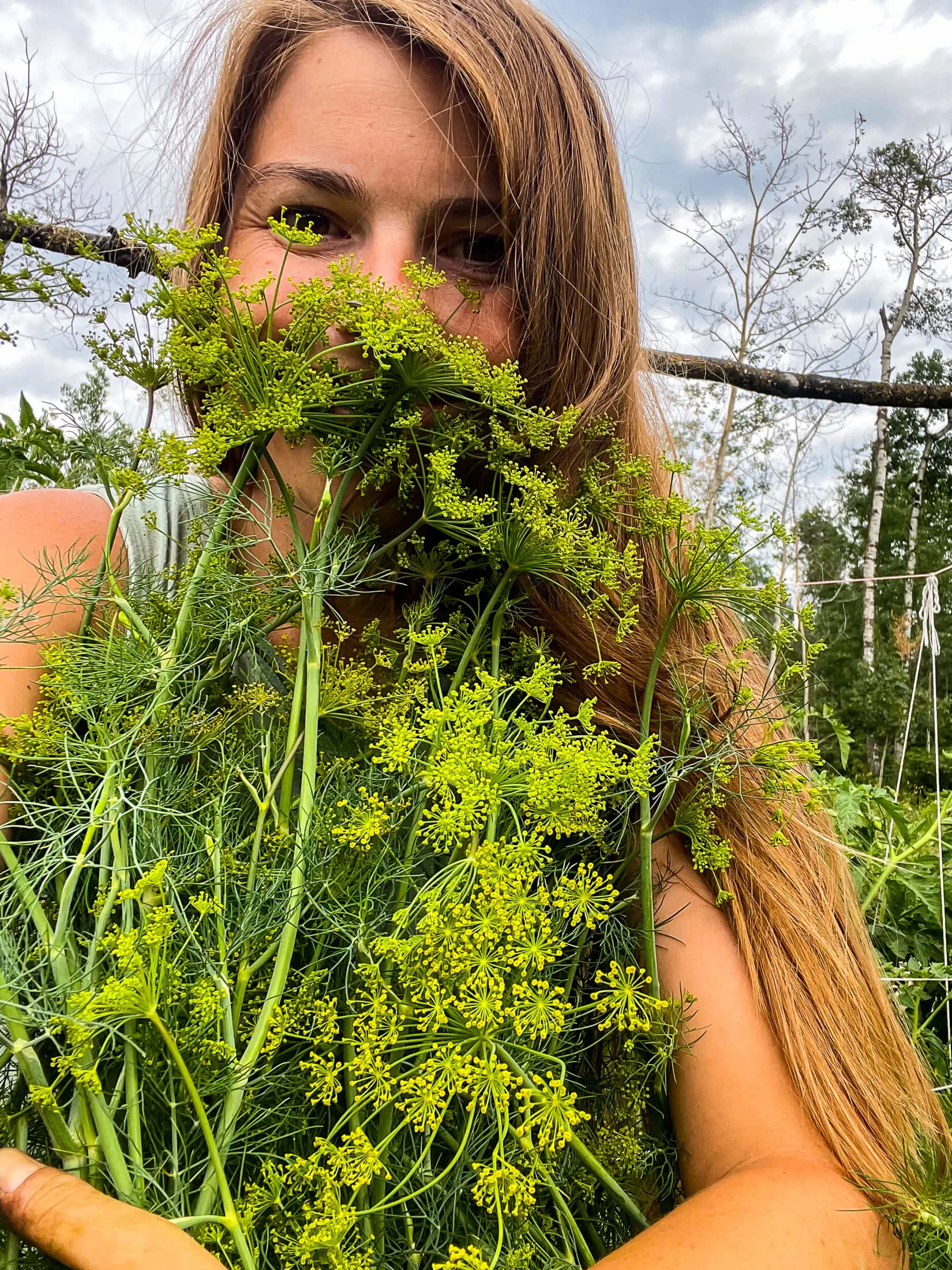
Marigolds:
The pungent scent of marigolds helps to deter many pests in the garden, including aphids, whiteflies, and beetles.
As an added bonus, their bright flowers offer a beautiful pop of color in what can otherwise be a sea of green.
Marigolds and other members of the aster family should be planted near asparagus row, but it's not necessary to interplant for success.

Nasturtiums:
A real homestead favorite in these parts! Nasturtiums are easy-to-grow flowers that make an excellent trap crop, attracting aphids away from your asparagus patch.
The leaves and flowers of the nasturtium plant are completely edible, with a delightful peppery flavor. They also come in a variety of colors to help add beauty to your garden.
Nasturtiums have a long flowering season and we never fail to marvel at the number of bees and pollinators visiting the many nasturtium plants we seed in the food forest each year.
The dense, low-growth habit of nasturtiums creates a wonderful living mulch, insulating the soil to prevent moisture loss and keep soil temperatures down.
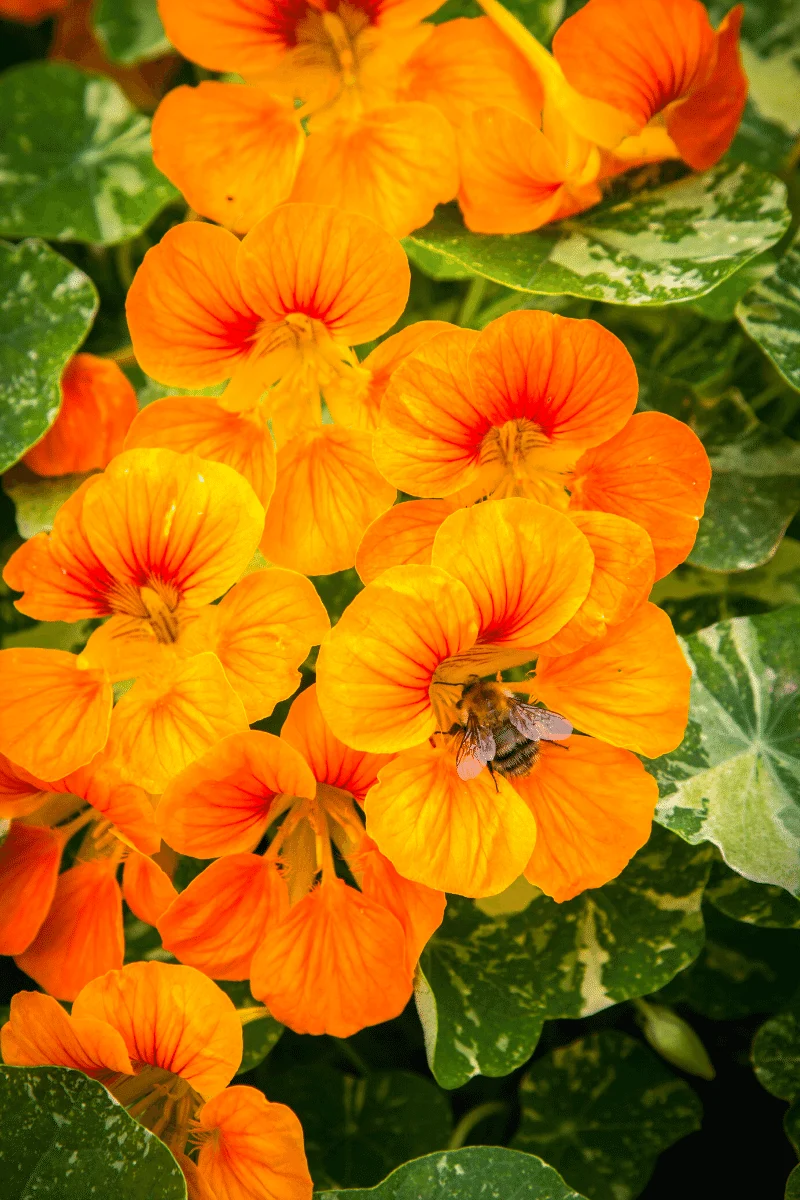
Rhubarb:
The large, broad leaves of the rhubarb plant are excellent at offering shade and protection from the sun, insulating the soil, and preventing unnecessary moisture loss. Those big leaves are also high in oxalic acid which helps in deterring common pests like whitefly and aphids.
We have planted rhubarb near our asparagus in our food forests!
A bonus to using perennials as companion plants with other perennials is that there is little to no risk of root damage each growing season.
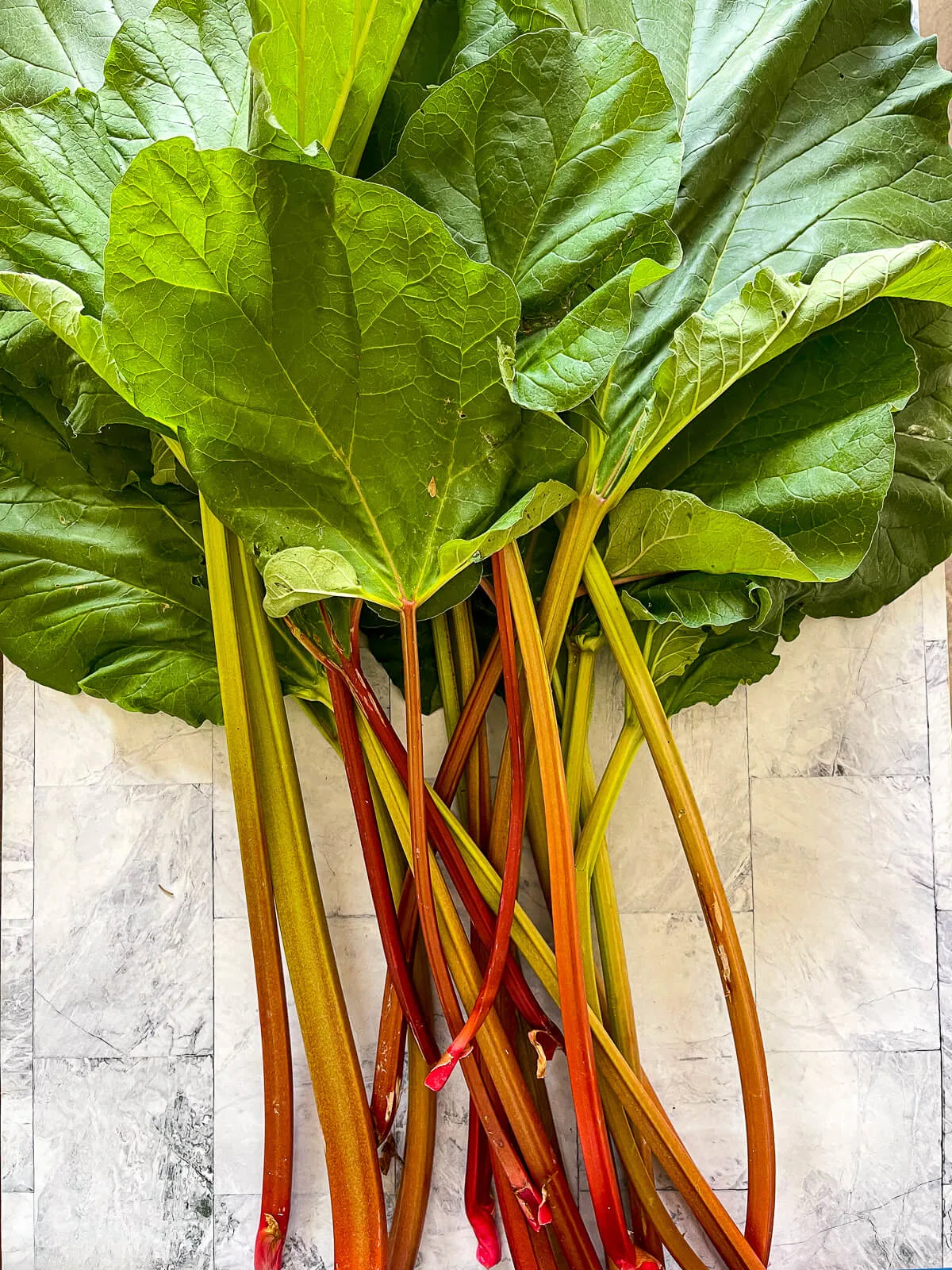
Strawberries:
An obvious choice, and one we used in our own food forest, is to plant strawberries with asparagus. These two perennials complement each other in many ways.
Strawberries are a low-lying living mulch occupying a different growing zone than the upright asparagus spears and tall whispy ferns. The roots of both plants occupy different depths within the soil when properly planted, reducing the likelihood of competition for moisture and nutrients.
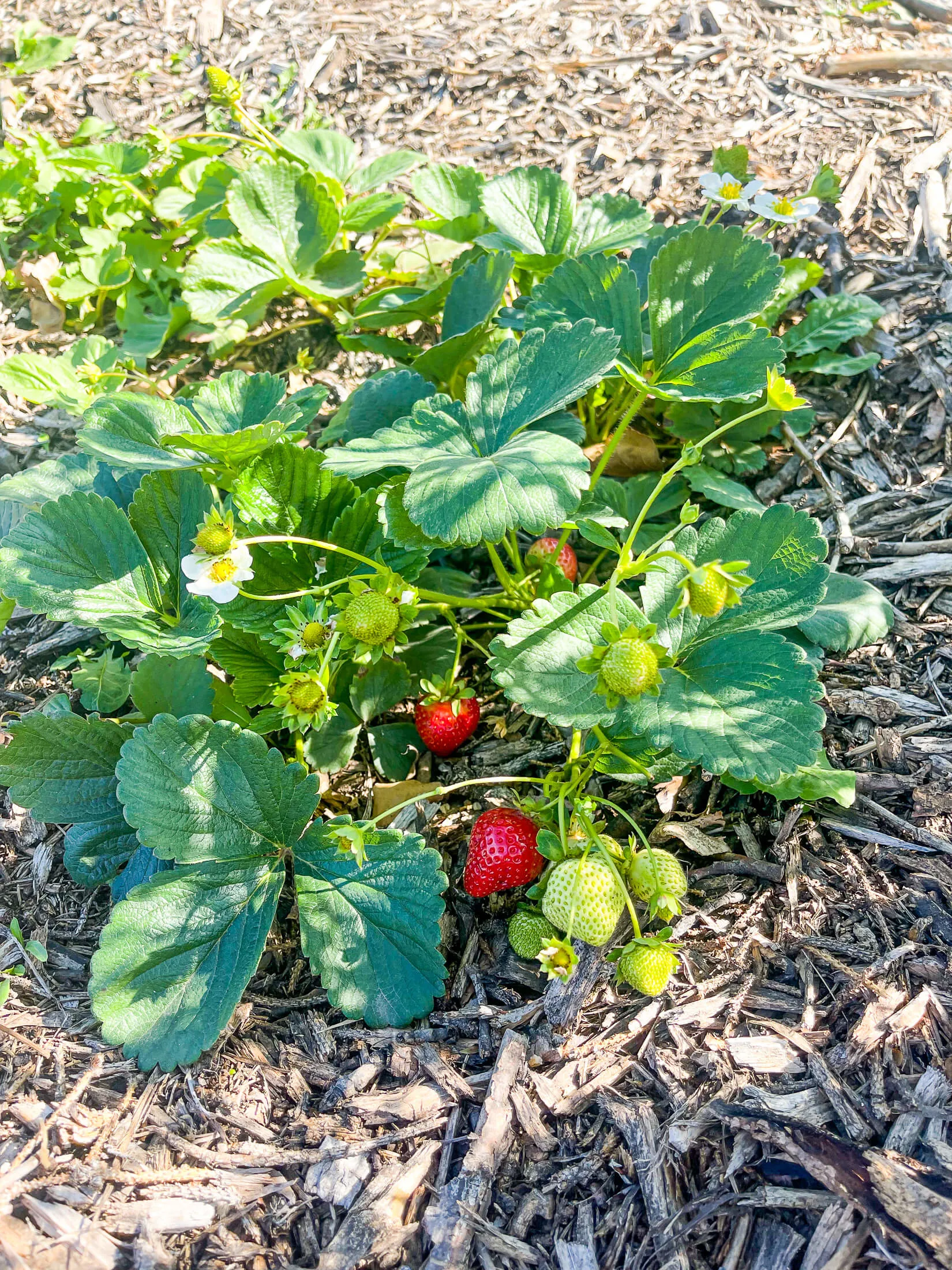
Tomatoes:
Tomatoes and asparagus make great companion plants, surprisingly, because they protect each other from predatory beasts. Tomato plants are able to excrete a compound called solanine which helps deter asparagus beetles that can otherwise wreak havoc on asparagus crops.
In return, the presence of an asparagus plant has been found to be very effective in keeping away root nematodes which can ruin a tomato harvest.
Peppers and eggplant are also members of the nightshade family and are able to emit solanine, making them excellent companion plants as well.
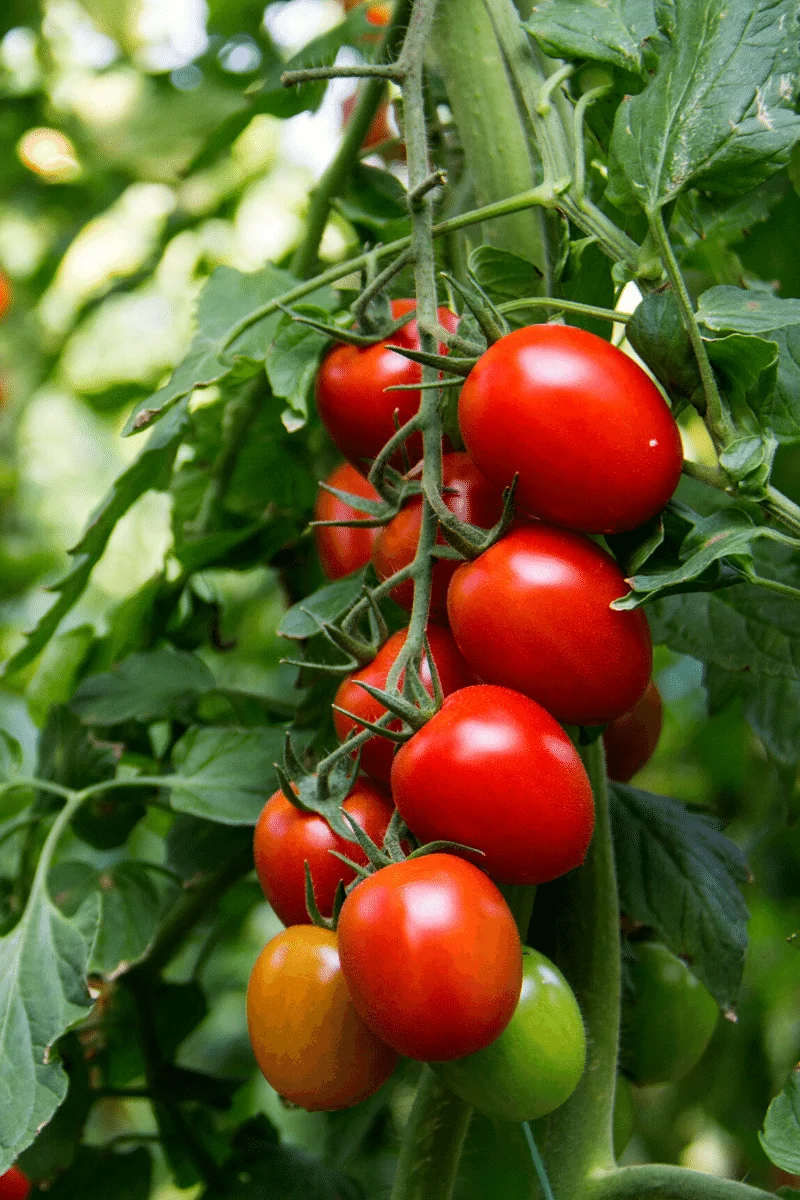
Worst Companion Plants For Asparagus
Alliums:
Onions, garlic, chives, and other members of the allium family are ticky garden buddies. They offer a lot of benefits if they like the plants growing near them but they do not like asparagus and can make your plants pay for it!
Alliums are heavy feeders, and not only do they compete with your asparagus for nutrients and moisture, but one or both plants will likely suffer stunted growth and poor yield.
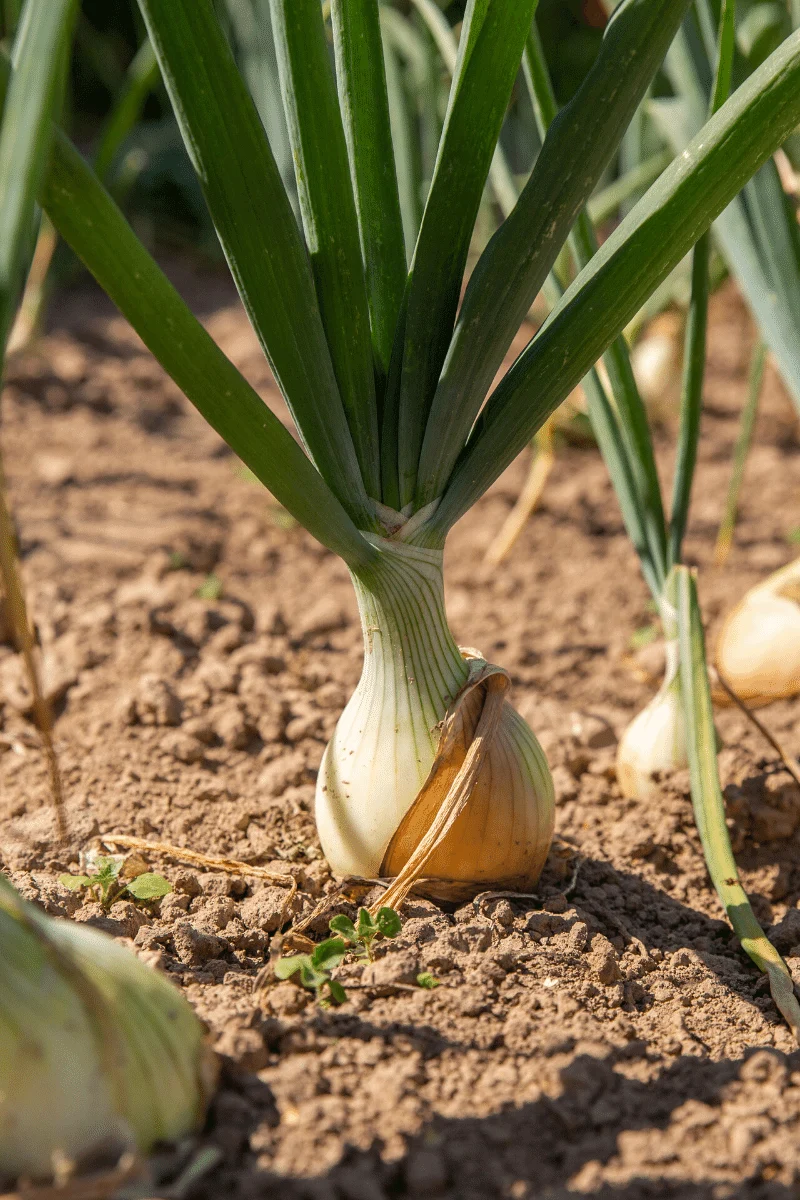
Carrots:
This taproot vegetable is a staple on many tables and gardens, but they don't always get along with the other plants! Carrots send their long roots deep below the soil to absorb nutrients and store carbohydrates for the next growing season.
We as growers rarely allow carrots to complete their biennial growth cycle, instead choosing to harvest the roots after the growing season. But both the growth habit and the harvesting of carrots can seriously damage the roots of your asparagus.
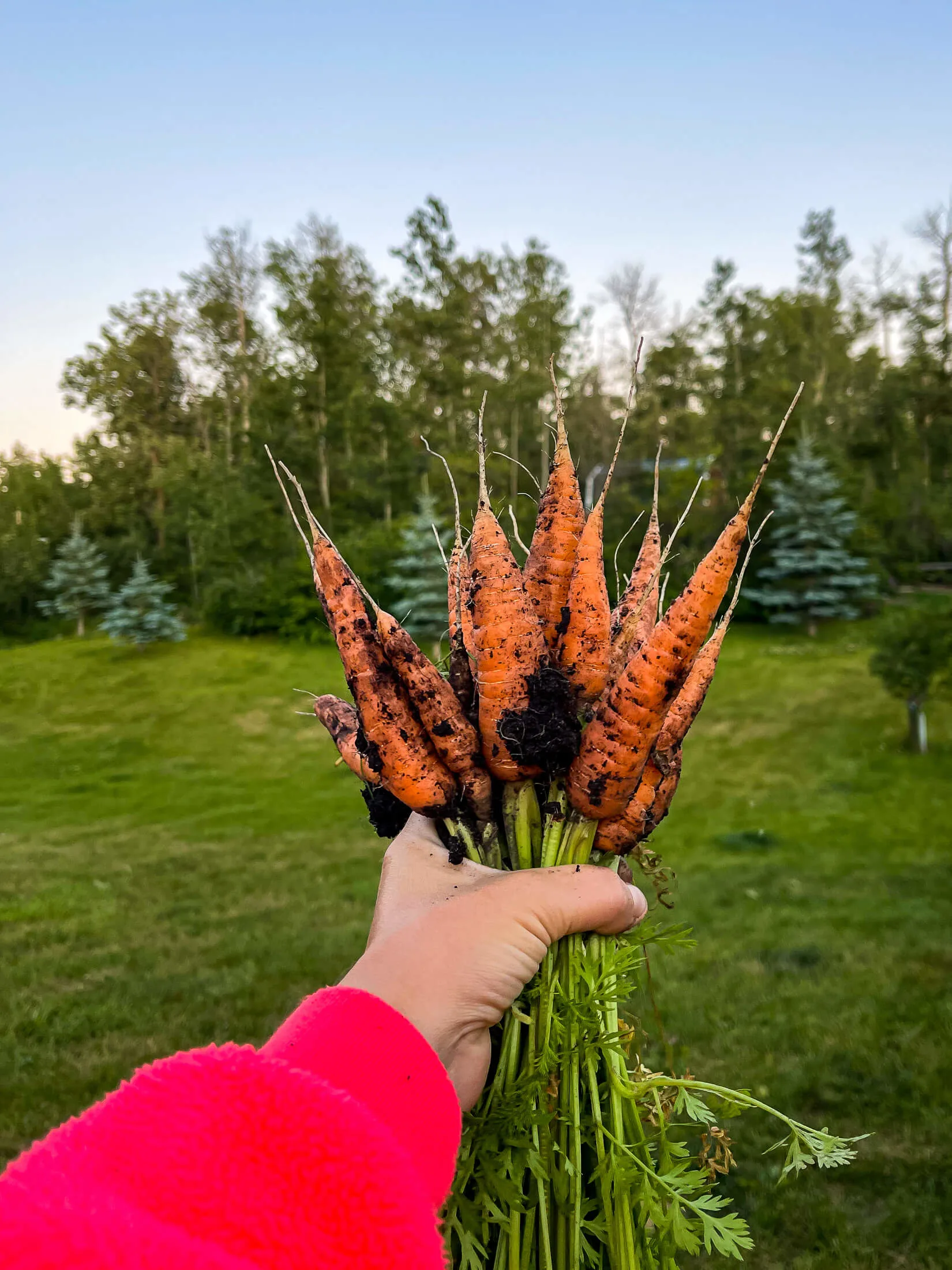
Potatoes:
Potatoes, much like carrots, are nutrient and water-hungry plants. They turn those hard-fought nutrients and moisture into carbohydrates stored in tubers below the soil.
Unfortunately, the storage location and harvesting of potatoes can cause severe damage to the roots of your asparagus plants. Damage to the roots this year can create decreased yields next year.
Potatoes also attract aphids, and while they can withstand an aphid munch, it's best to avoid bringing any asparagus pests to the area.
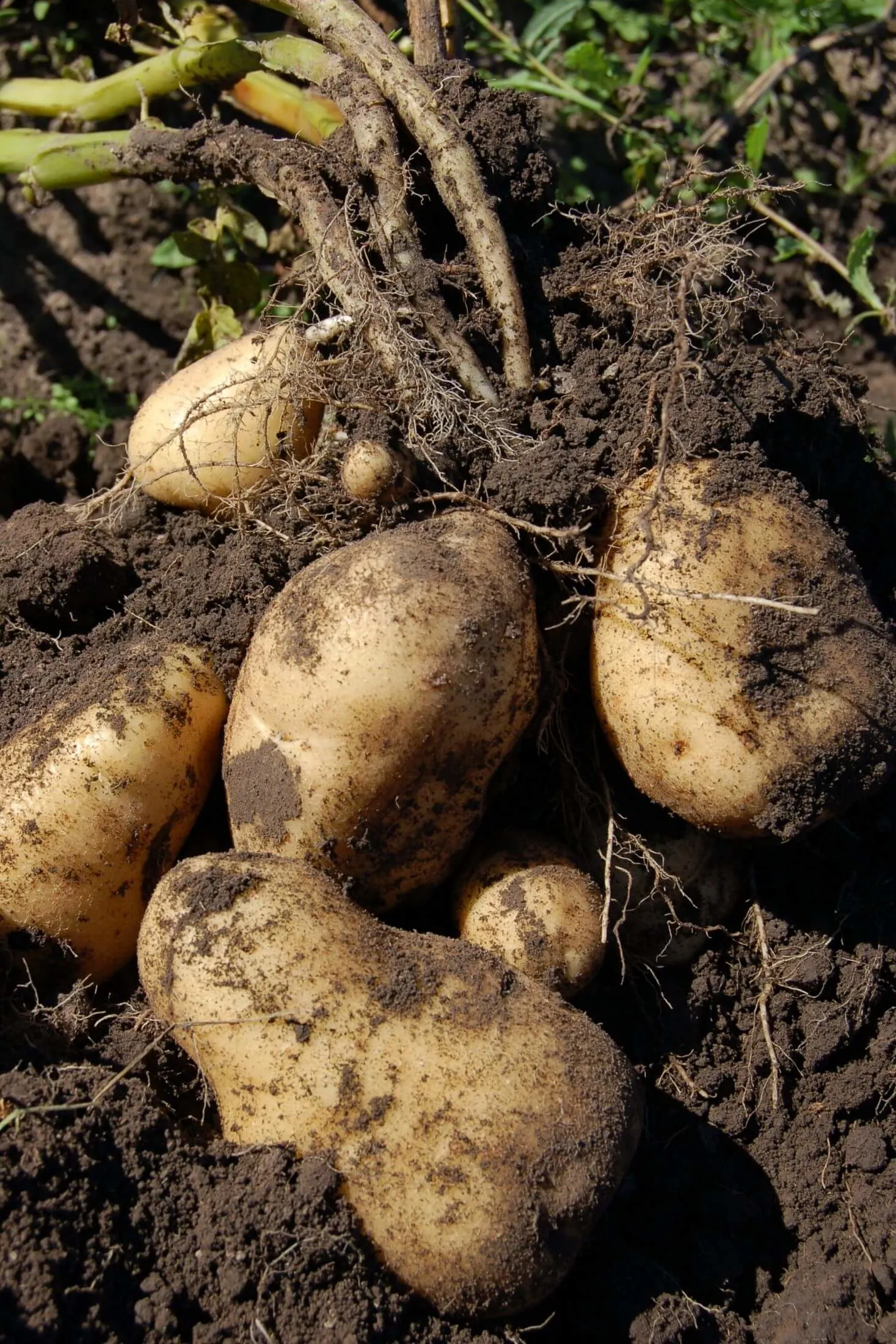
Final Thoughts
Asparagus is a hardy and resilient plant, but it benefits greatly from being planted with the right companion plants. Some of those companions provide protection from garden pests, while others offer shade or soil-improvement strategies. The key is to choose plants that don't compete with each other for the same resources and be sure to avoid the worst companion plants - like those in the allium family or those that send their roots deep into the soil.
Pin This Asparagus Companion Planting Guide!
